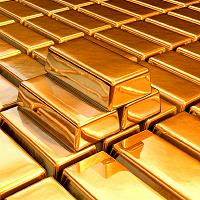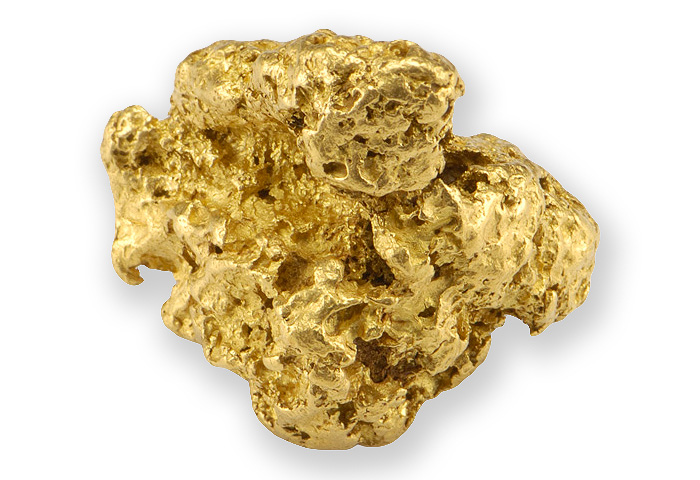


The form that Faraday studied was made using phosphorus to reduce gold chloride.Ĭolloidal gold has been used since Ancient Roman times to colour glass intense shades of yellow, red, or mauve, depending on the concentration of gold, It is suitable for colouring ceramics and glasses, and in addition is a good test for Au(III). This is a very stable form of colloidal gold and is known as the "Purple of Cassius". One famous form is that made by the use of tin dichloride (SnCl 2) as reducing agent. Today, colloidal gold is made by the addition of reducing agents to dilute solutions of Au(III) (the auric ion). In 1898 Richard Adolf Zsigmondy prepared the first colloidal gold in dilute solution. Faraday (1857) recognised that the colour is due to the minute size of the gold particles and called the sample he made 'activated gold'. THe precise colour depends upon the form of the colloidal gold. Melting gold powder into glass diffuses gold nanoparticles into the glass, these refract light, giving the glass a luminous red glow. The patient's missing teeth were replaced by either the teeth of human beings and on occasion the tooth of an ox.īio-compatibility, malleability and corrosion resistance make gold valuable even today in dental applications.Ĭolloidal gold has been used since Roman times to colour glass shades of yellow, red, or violet. Gold loops were fitted over the remaining natural teeth, set in place, and maintained by solder. The dental work illustrated above from the 7th century BC is a fine Etruscan specimen. Many specimens of Etruscan dental fittings are to be found in Italian and other museums.Īdapted from M. The Etruscans probably learned dentistry from the Egyptians, Phoenicians, and Greeks but took the art much further. Some women had their incisors removed so that they could be fitted with the gold prosthetics. Apparently Etruscan craftsmen made gold dental bridges for women so that they could show display their wealth and status. The first use of gold in dentistry as the Etruscans (an ancient Italian civilisation from an area corresponding now to Tuscany) begin securing substitute teeth with gold wire, and with astonishing skill. It was made around 1223 BC and is a stunning piece of ancient gold craftsmanship. Tutankhamun's funeral mask is one of the most iconic gold pieces known. Gold is mentioned several times in the Old Testament. Gold workers from Mesopotamia (known now as Iraq) made one of the earliest known pieces of gold jewellery in about 2600 BC. Egyption inscriptions dating back to 2600 BC describe gold. It seems that the Egyptians developed gold smelting some 5600 years ago (about 3600 BC) using clay blowpipes to heat the smelter contents. Gold was highly valued from from the earliest recorded times in history. Nobody knows who picked up a gold nugget first but it would have been because it was shiny. Gold has always fascinated people and gold is certainly one of the very first metals known. Origin of name: from the Anglo-Saxon word " gold" (the origin of the symbol Au is the Latin word " aurum" meaning " gold").


 0 kommentar(er)
0 kommentar(er)
